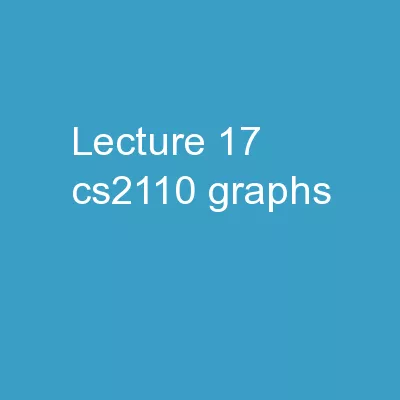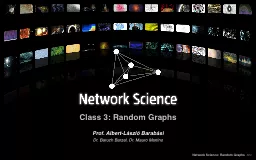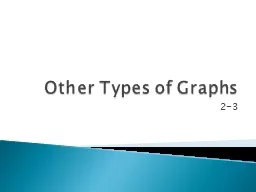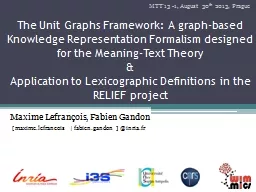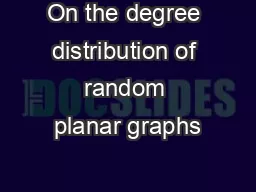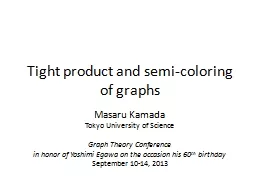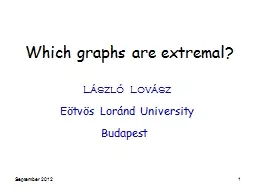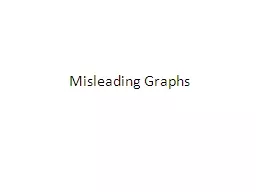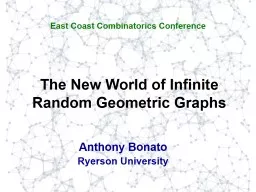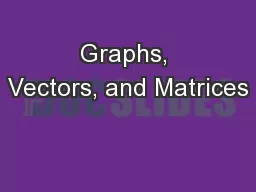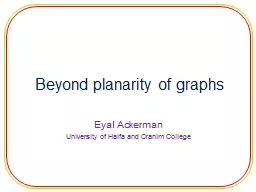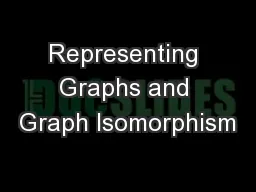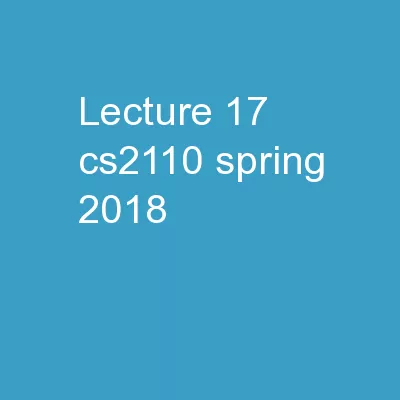PPT-Lecture 17 CS2110 GRAPHS
Author : stefany-barnette | Published Date : 2019-03-02
Announcements A5 Heaps Due October 27 Prelim 2 in 3 weeks Thursday Nov 15 A4 being graded right now MidSemester College Transitions Survey on Piazza 2 These arent
Presentation Embed Code
Download Presentation
Download Presentation The PPT/PDF document "Lecture 17 CS2110 GRAPHS" is the property of its rightful owner. Permission is granted to download and print the materials on this website for personal, non-commercial use only, and to display it on your personal computer provided you do not modify the materials and that you retain all copyright notices contained in the materials. By downloading content from our website, you accept the terms of this agreement.
Lecture 17 CS2110 GRAPHS: Transcript
Download Rules Of Document
"Lecture 17 CS2110 GRAPHS"The content belongs to its owner. You may download and print it for personal use, without modification, and keep all copyright notices. By downloading, you agree to these terms.
Related Documents

